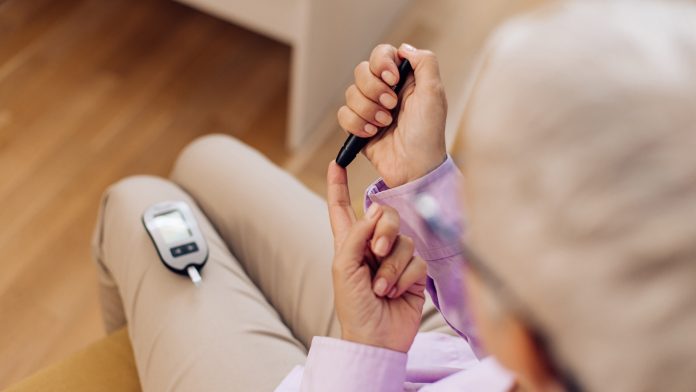
A novel study has elucidated that there are stark gender inequalities concerning the current landscape of type 2 diabetes treatment.
In an investigation performed by experts at the University of Eastern Finland, researchers identified gaps and gender differences in currently utilised type 2 diabetes treatment, a condition that affects over 400 million people worldwide, according to estimates from the World Health Organization (WHO).
The traditional type 2 diabetes treatment aims at lowering cholesterol levels, as these become significantly elevated among patients. However, the Finish study revealed that there are numerous inequalities in which patients in North Karelia, Eastern Finland, receive these potentially lifesaving, cholesterol-lowering treatments.
Combatting cholesterol
Type 2 diabetes is a significant risk factor for a range of cardiovascular diseases, such as coronary heart disease and heart failure and premature death. In order to prevent or mitigate complications, regular healthcare visits, adequate control of blood glucose and low-density lipoprotein cholesterol (LDL-C), and other risk factors are required.
The new University of Eastern Finland study illuminated that type 2 diabetes treatment, such as LDL-C control and statin prescriptions, are suboptimal in clinical practice. Despite guidelines clearly outlining that elevated LDL-C should be treated with statins at moderate to high intensity.
Addressing disparities in type 2 diabetes treatment
To conduct their investigation, the team examined the electronic health records of 8,592 type 2 diabetes patients in North Karelia who, between 2012 and 2017, regularly visited primary and specialised care services. The researchers analysed LDL-C values over time and determined four groups with varying trajectories. 86% of the patients had relatively stable LDL-C values at moderate levels, 3% showed a significant increase, and 4% demonstrated a decrease during the follow-up. However, alarmingly, the second largest group, consisting of 8% of the patients, showed “high-stable” LDL-C levels of around 3.9 mmol/L.
This “high-stable” LDL-C group contained the smallest proportion of patients receiving moderate and high type 2 diabetes treatments, and well as any other statin intervention. Furthermore, the proportion of patients being administered any statin medication reduced from 42% to 27% in men and from 34% to 23% in women between 2012 and 2017.
Laura Inglin, an early-stage researcher from the University of Eastern Finland, said: “We observed significant gender differences in care processes and outcomes. In all the trajectory groups, women had significantly higher average LDL-C levels and received any statin treatment and high-intensity treatment less frequently than men.”
The investigation distinguished considerable heterogeneity in terms of longitudinal care processes, outcomes, and treatments, highlighting shortcomings in the current management of diabetes. The team explained that strategies to control LDL-C need to be increased by initiating and intensifying statin treatment earlier and re-initiating the treatment after discontinuation if possible, especially in patients with continuously elevated levels.






















